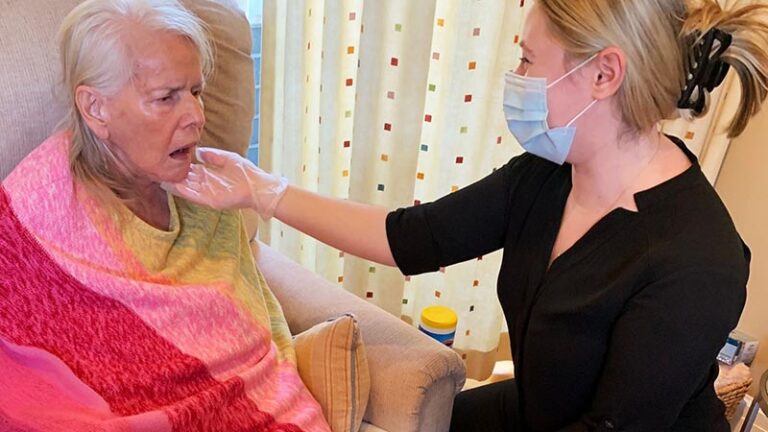Technology And Innovation In Speech Therapy Practices
In the realm of speech therapy, technology has emerged as a transformative force, revolutionizing traditional practices and expanding avenues for intervention. From interactive apps to sophisticated AI-powered systems, innovative tools are reshaping how speech therapists assess, diagnose, and treat communication disorders. This article delves into the advancements in technology and their impact on speech therapy practices, exploring the benefits, challenges, and ethical considerations associated with their integration.
To know More About it Please Click Here
Technological Advancements in Speech Therapy
In recent years, technological advancements have propelled speech therapy into new frontiers. One notable development is the rise of telepractice, which enables therapists to deliver services remotely via video conferencing platforms. This approach has democratized access to speech therapy, particularly for individuals in rural or underserved areas who previously faced barriers to receiving timely intervention.
Moreover, the proliferation of mobile applications tailored for speech therapy has revolutionized how clients engage with therapeutic exercises. These apps offer interactive exercises, feedback mechanisms, and progress-tracking features, enhancing client motivation and compliance with treatment plans. Additionally, they provide therapists with valuable data insights, facilitating personalized interventions based on individual needs and progress.
Artificial intelligence (AI) is another game-changer in speech therapy, offering advanced capabilities for speech recognition, language processing, and natural language understanding. AI-powered systems can analyze speech patterns, detect abnormalities, and provide real-time feedback during therapy sessions. Furthermore, they enable therapists to customize interventions, adapt to clients’ evolving needs, and monitor progress more efficiently.
Augmentative and alternative communication (AAC) devices have long been integral to speech therapy for individuals with severe speech or language impairments. However, recent technological innovations have enhanced the functionality and usability of AAC devices, incorporating features such as predictive text, customizable vocabularies, and integration with other assistive technologies. These advancements empower individuals with disabilities to express themselves more effectively and independently.
Challenges and Considerations
Despite the promising potential of technology in speech therapy, several challenges and considerations warrant attention. One significant concern is the digital divide, exacerbating disparities in access to technology-based interventions among underserved populations. Addressing this disparity requires concerted efforts to ensure equitable access to devices, internet connectivity, and digital literacy education.
Furthermore, while technology can augment therapeutic interventions, it cannot replace the human element inherent in speech therapy. Building rapport, fostering trust, and providing emotional support are essential aspects of the therapeutic relationship that technology alone cannot replicate. Therefore, therapists must strike a balance between leveraging technology and maintaining the personalized, empathetic approach that characterizes effective speech therapy.
Ethical considerations also arise regarding data privacy, security, and informed consent in the context of technology-driven interventions. Therapists must uphold ethical standards and adhere to regulatory guidelines to safeguard clients’ sensitive information and ensure confidentiality.
Conclusion
Technology and innovation are reshaping the landscape of speech therapy, offering unprecedented opportunities to enhance assessment, intervention, and outcomes. From telepractice and mobile apps to AI-driven systems and AAC devices, the possibilities for leveraging technology in speech therapy are vast and diverse. However, realizing the full potential of these advancements requires addressing challenges such as equitable access, maintaining the human touch in therapy, and upholding ethical standards. By embracing technology while remaining mindful of its limitations and ethical implications, speech therapists can continue to lead the way in empowering individuals to communicate effectively and thrive.
Also, Follow us on Instagram








